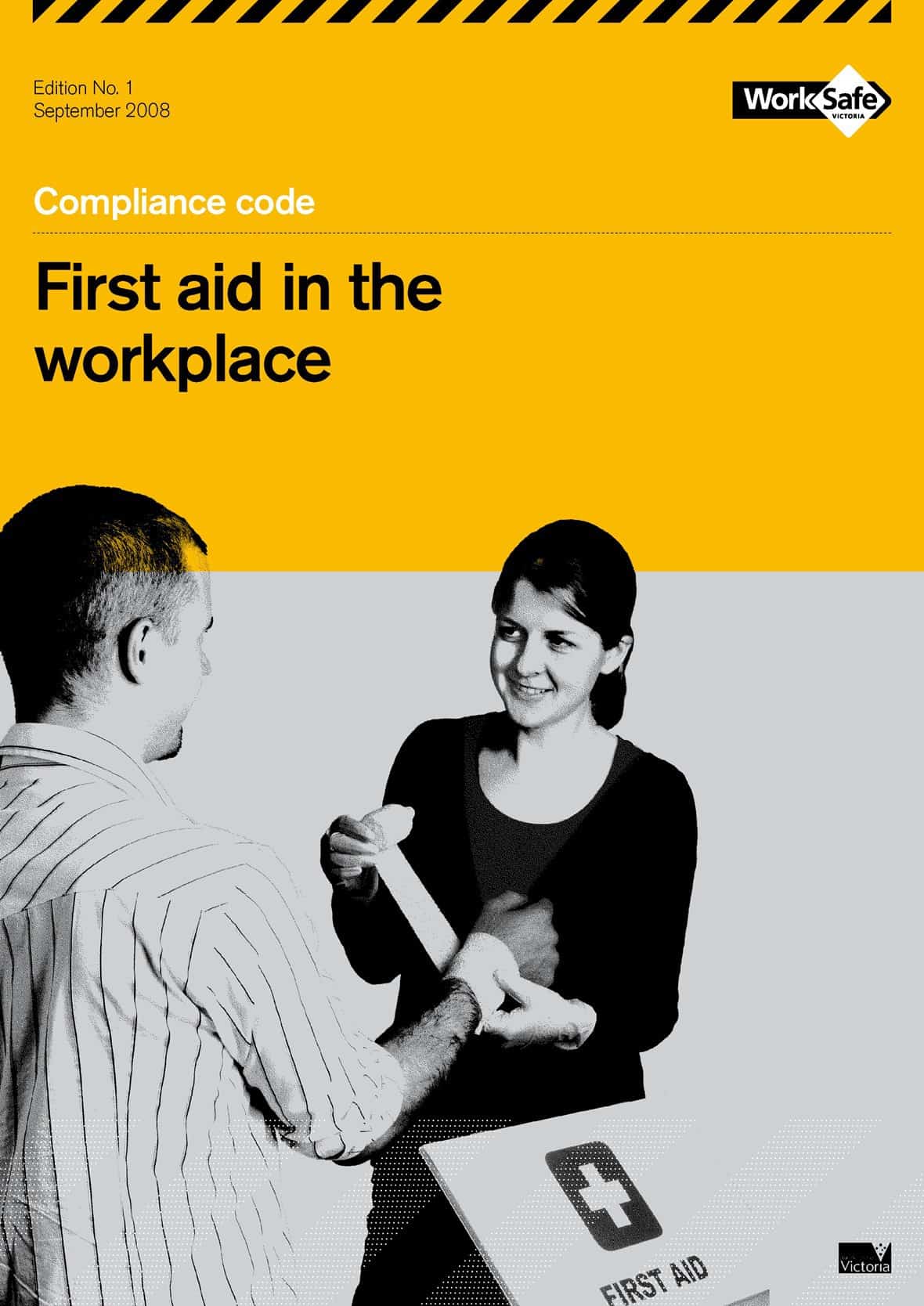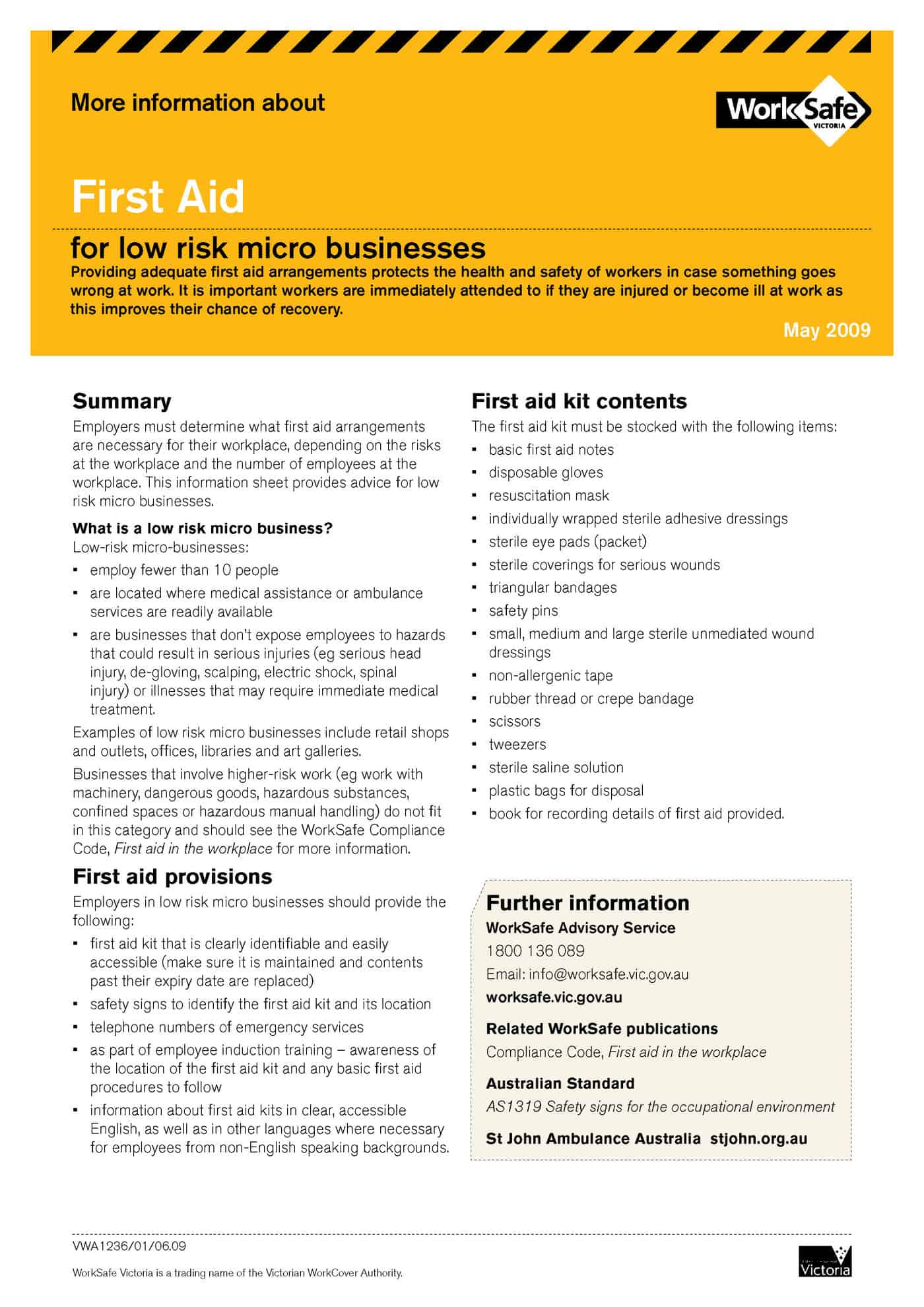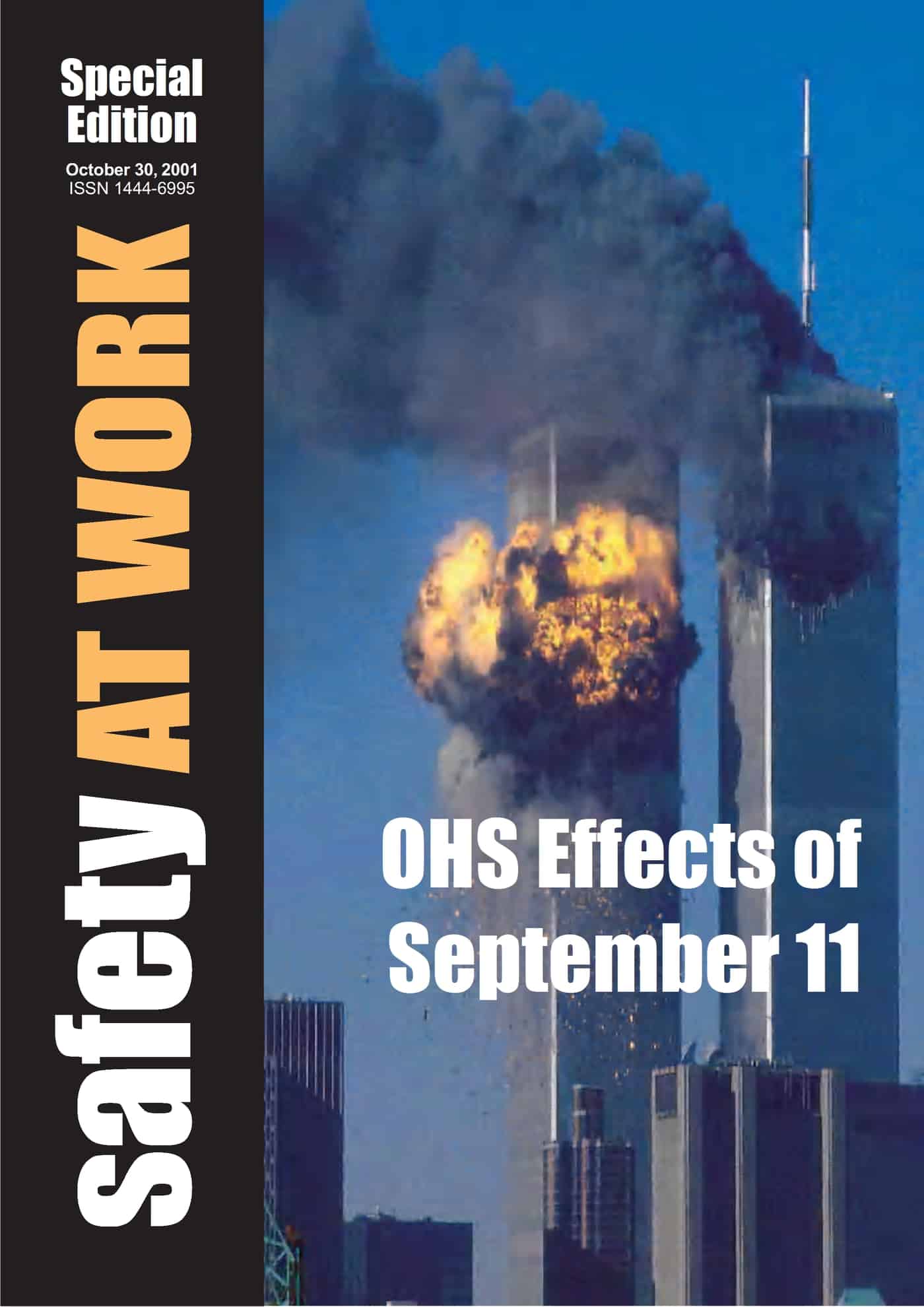Western Australia’s WorkSafe has just released its latest guidance on working alone and it is the most practical look at the hazard from any OHS regulator in Australia.
Importantly, it differentiates between “alone” and “remote”. In 1995, when the Victorian First Aid Code of Practice raised the issue of isolation, there was considerable confusion. How can someone in the metropolitan area be isolated or remote?
- Undertaking an assessment of first aid needs of a multi-storey building which has cleaners or nightshift working at 2am.
- Working alone in a petrol station in an outer suburb.
- (Sadly) showing a potential client a new property in a new real estate development on the fringes of the city.
- Security guard walking the perimeter of an industrial site
- Delivering pizzas at 3am
- Home visits from medical specialists
The WA definition of “alone” is very useful and needs to be kept front-of-mind in OHS policy and procedure production. It could be used in the review process of existing policies and prores to ensure their applicability.
“A person is alone at work when they are on their own, when they cannot be seen or heard by another person, and when they cannot expect a visit from another worker or member of the public for some time.”
The working alone guidance identifies four industry types that require special support for working alone:
- Agriculture
- Pastoral
- Forestry
- Mining
Although SafetyAtWorkBlog advocates low-tech control options as much as possible (usually because of increased reliability) thankfully this guidance discusses mobile phones, satellite communications, GPS locators and other communications devices.



